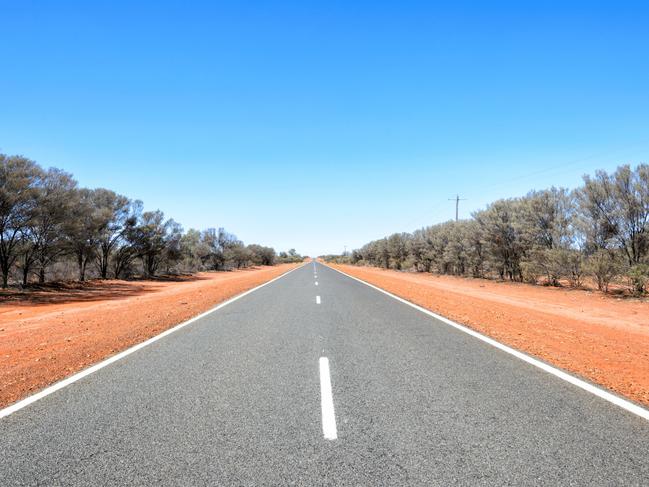Country drivers taking ‘unnecessary risks’ on local roads
Country residents rather than tourists are the ones making rural roads more dangerous with 70 per cent of people killed in the bush being locals — not city-dwellers driving through.
Country residents rather than tourists are the ones making rural roads more dangerous with 70 per cent of people killed in the bush being locals — not city-dwellers driving through.
The Centre for Road Safety executive director Bernard Carlon said it was because local motorists were taking unnecessary risks.
“There’s a culture of ‘I know the road, I am willing to take a bit more risk, I’m familiar with the environment so I’ll speed a bit more’,” he said.
“Or ‘I had a couple of drinks — a couple of extra drinks — I should be OK to get home on the back roads’.
“We’ve spoken to country men who say they are much more careful when they’re with their families and the kids, but when they are on their own, they take more risks.”

Figures show in regional areas drivers are four times more likely to be in a fatal crash than in metropolitan areas.
“If something goes wrong travelling at high speeds, the outcomes are much worse,” Mr Carlon said.
“Roads Minister Melinda Pavey has really led this agenda and really promoted the importance of staying safe on country roads. These are our people in our towns dying on our roads. We need to enforce that and take action.
“We have had a very focused effort in the last 18 months in having this conversation about saving lives on country roads and realising we have to be looking after each other.
“Some $648 million will be spent over the next five years to improve the quality of country roads and increase police attention and focus.”
MORE NEWS
MAN CHARGED OVER STABBING MURDER
OPAL TOWER RESIDENTS FORCED OUT FOR INVESTIGATIONS
He said a safety campaign that had been playing in regional NSW for the last 14 months had helped.
“We are 23 fatalities down on what we were last year. If we can generate that community conversation it will make a huge difference,” he said.
Traffic and Highway Patrol Commander, Assistant Commissioner Michael Corboy, said the drought had led to a new hazard in the state’s central and far west, with livestock and native animals wandering on to roads.
“Animals should be expected on the roadside during daylight hours and not just dusk, dawn and night periods,” Mr Corboy said.
“At 110km/h a vehicle travels 30m/second and that does not give drivers much time to react.”


